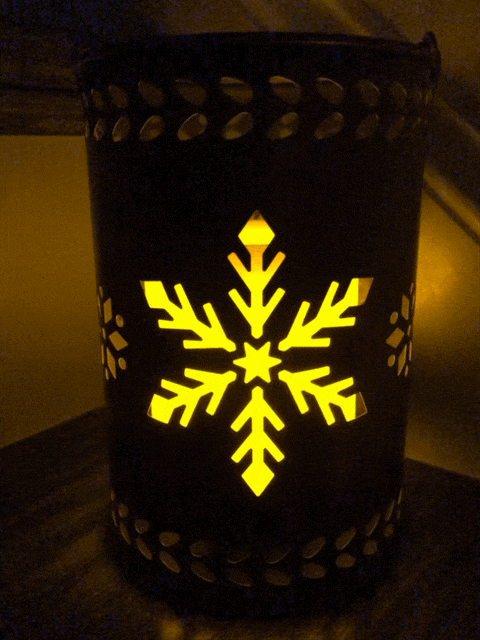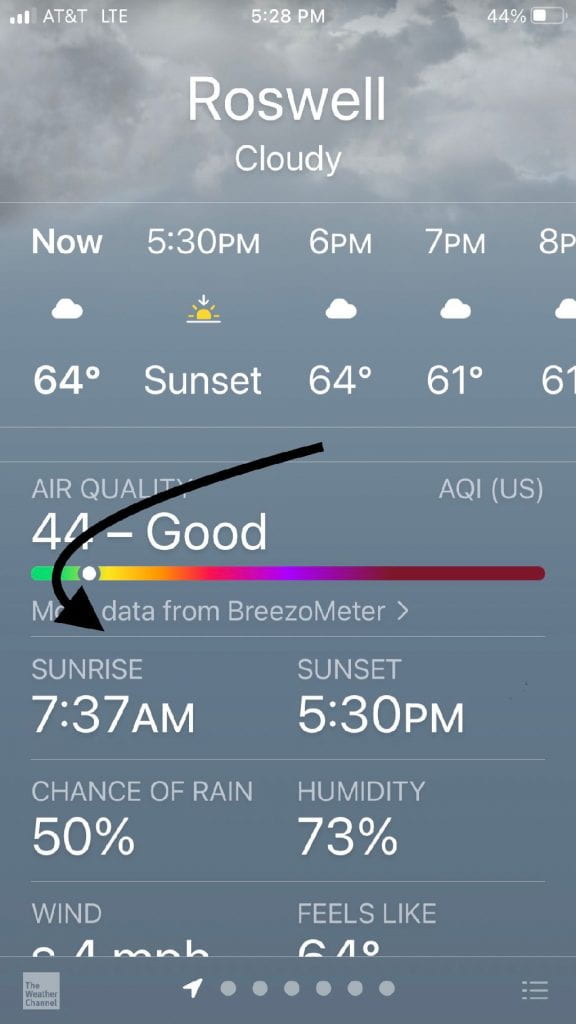Updated Winter Solstice Post
Winter solstice, the shortest day of the year, is one of my favorite days because from this day forward, daylight will increase in Atlanta. This year, the winter solstice falls on Thursday, December 21st.
According to Britannica, “We know that seasons are caused by Earth having a slight tilt on its axis. As Earth wobbles around the Sun, different points of the earth receive more or less sunlight throughout the year. If Earth wasn’t tilted, the Sun would just shine directly on the Equator all year long, leaving us without seasons. But we also wouldn’t have solstices or equinoxes. Solstices designate the point where the Sun’s path in the sky is the farthest north or south from the Equator, which occurs around the 20th and 21st of June and the 21st and 22nd of December. The summer solstice marks the beginning of summer and is the longest day of the year, just as the winter solstice marks the beginning of winter and is the shortest day of the year. But which solstice happens on which day depends on the hemisphere you live in.” Click here for the entire article.
Click here to watch a video about the winter solstice.
Around the world, many cultures celebrate this day with ancient traditions. Click here for Tinkergarten’s family winter solstice celebration suggestions.
To connect science with math and geography, check a weather app on a regular basis to discover when the sun rises and sets in your location. Record the data and graph your results. Determine how many hours of sunlight you experience each day. Many students find calculating elapsed time challenging.
Comparing when the sun rises and sets in several different cities is another relevant activity. Find the locations you check on a map and analyze results based on the city locations.

